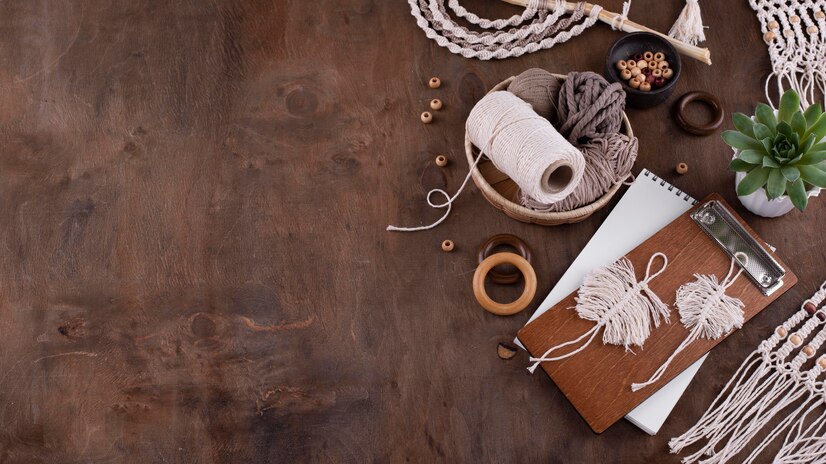King 567, Betbhai247, Apbook247: When it comes to macram�, the type of knot used plays a crucial role in determining the outcome of the project. One of the most commonly used knots in macram� is the square knot. This knot is created by crossing two sets of cords over each other in opposite directions, resulting in a flat and symmetrical pattern.
Another popular knot in macram� is the half hitch knot. This knot is created by wrapping one cord around another and pulling it through to secure it in place. The half hitch knot is versatile and can be used to create various decorative patterns in macram� projects.
History of macram� and its evolution in decor and fashion
Macram� has a fascinating history that traces back to the 13th century when Arab weavers used the technique to create intricate decorations. Eventually, macram� made its way to Europe through trade routes, where it gained popularity as a form of decorative knotting. In the 1970s, macram� had a major revival in the Western world, becoming synonymous with bohemian style and hippie culture.
Over the years, macram� has evolved beyond just wall hangings and plant hangers to become a prominent feature in interior decor and fashion. Its versatility allows it to be incorporated into various design styles, adding texture and visual interest to any space. From cushion covers to clothing items, macram� has become a trendy choice for those looking to add a touch of handmade charm to their surroundings.
� Macram� has a rich history dating back to the 13th century
� The technique was brought to Europe through trade routes and gained popularity as decorative knotting
� In the 1970s, macram� experienced a revival in the Western world, becoming associated with bohemian style and hippie culture
� Today, macram� is not limited to wall hangings and plant hangers but is also used in interior decor and fashion
� Its versatility allows it to be incorporated into various design styles, adding texture and visual interest
� From cushion covers to clothing items, macram� has become a trendy choice for those seeking handmade charm
Materials needed for macram� projects
When embarking on a macram� project, the materials required are fairly straightforward and easily accessible. Firstly, you will need cord or rope, which is the primary component of macram� creations. There are various types of cord available, such as cotton, jute, or nylon, each lending a unique texture and look to the finished piece. Additionally, scissors are essential for cutting the cord to the desired lengths and creating clean edges for seamless knots.
In addition to cord and scissors, a sturdy surface to work on is crucial for ensuring a smooth and enjoyable macram� experience. A flat and clean tabletop or desk is ideal for laying out your materials and working on intricate knot patterns. Some crafters also find it helpful to have a measuring tape or ruler on hand to ensure accuracy in their macram� designs. Overall, having these basic materials readily available will set you up for success in creating beautiful macram� pieces to adorn your home or wardrobe.
What are the basic materials needed for macram� projects?
The basic materials needed for macram� projects include cord or rope, scissors, a wooden dowel or metal ring for hanging, and tape to secure the ends of the cord.
Are there different types of knots used in macram�?
Apbook365, Apbook Login, Goexch777: Yes, there are several different types of knots used in macram�, including the square knot, half knot, double half hitch, and clove hitch.
Can I use different types of cord for macram� projects?
Yes, you can use a variety of different cords for macram� projects, such as cotton, jute, hemp, and nylon.
How has macram� evolved in decor and fashion?
Macram� has evolved from its traditional roots in bohemian decor to become a popular trend in modern interior design and fashion, with macram� wall hangings, plant hangers, and jewelry becoming increasingly popular.

